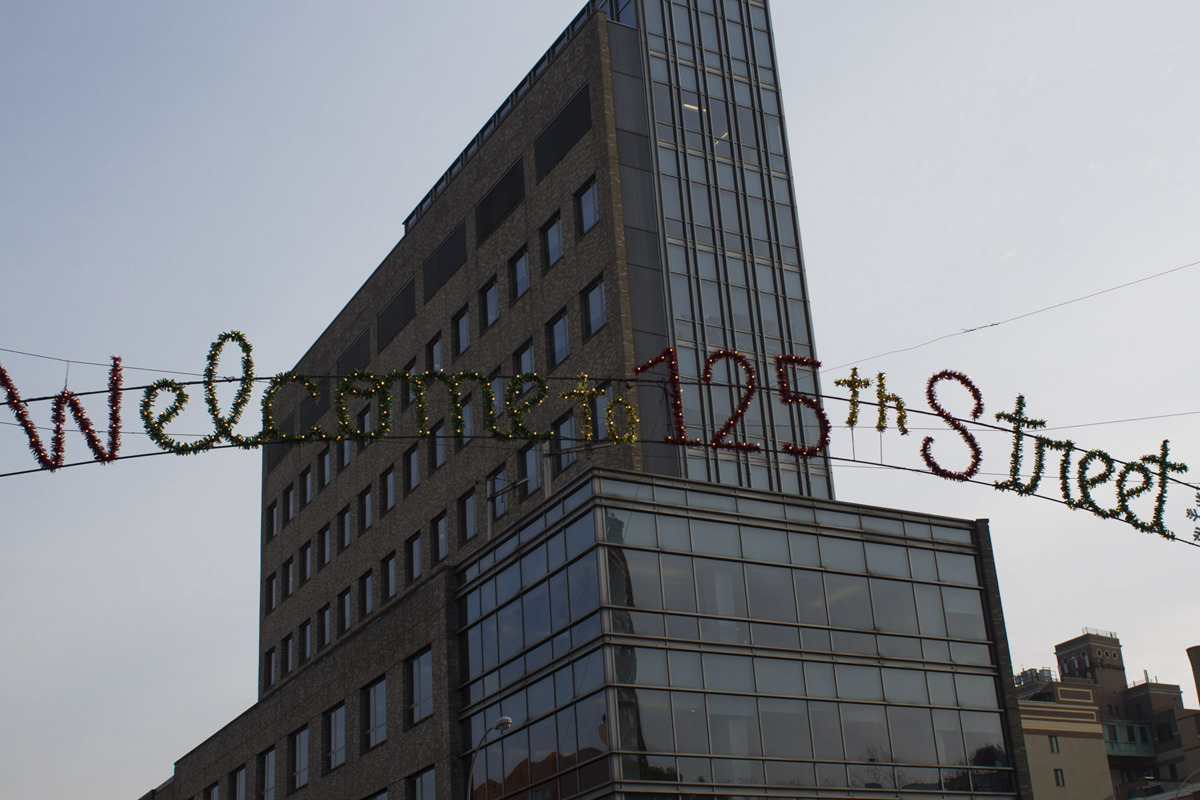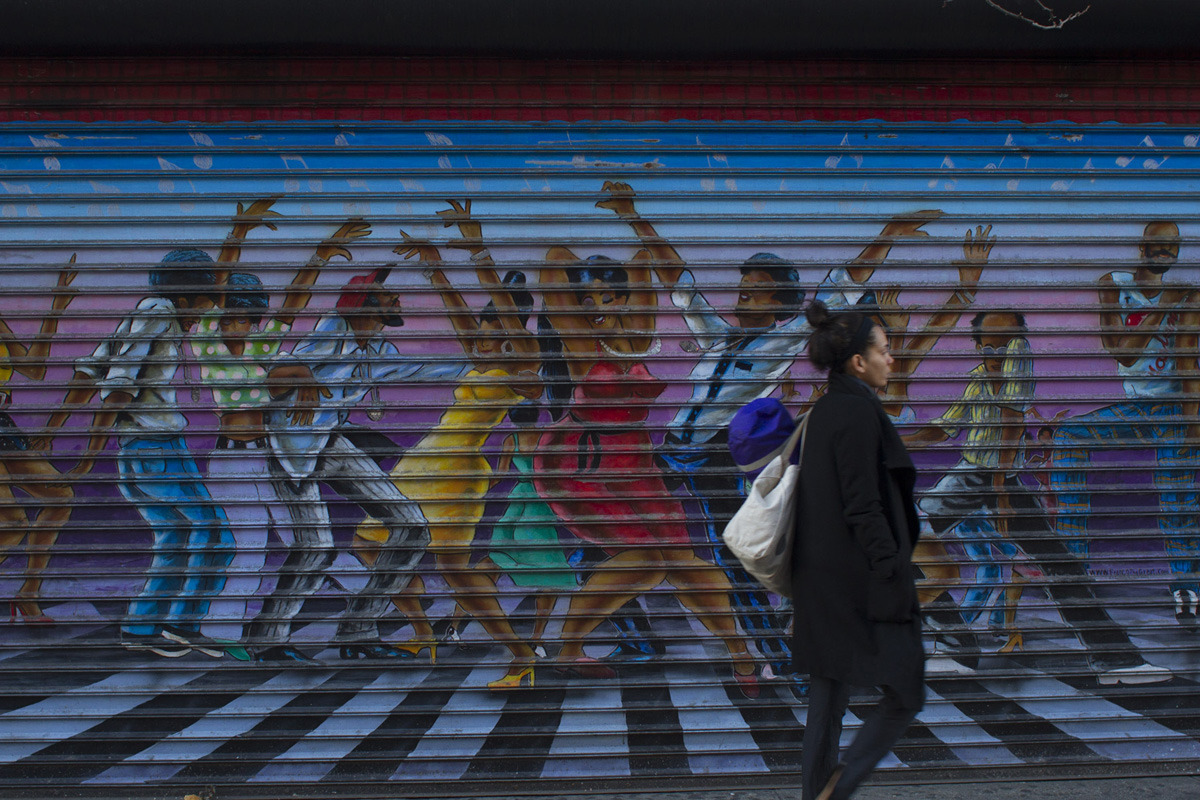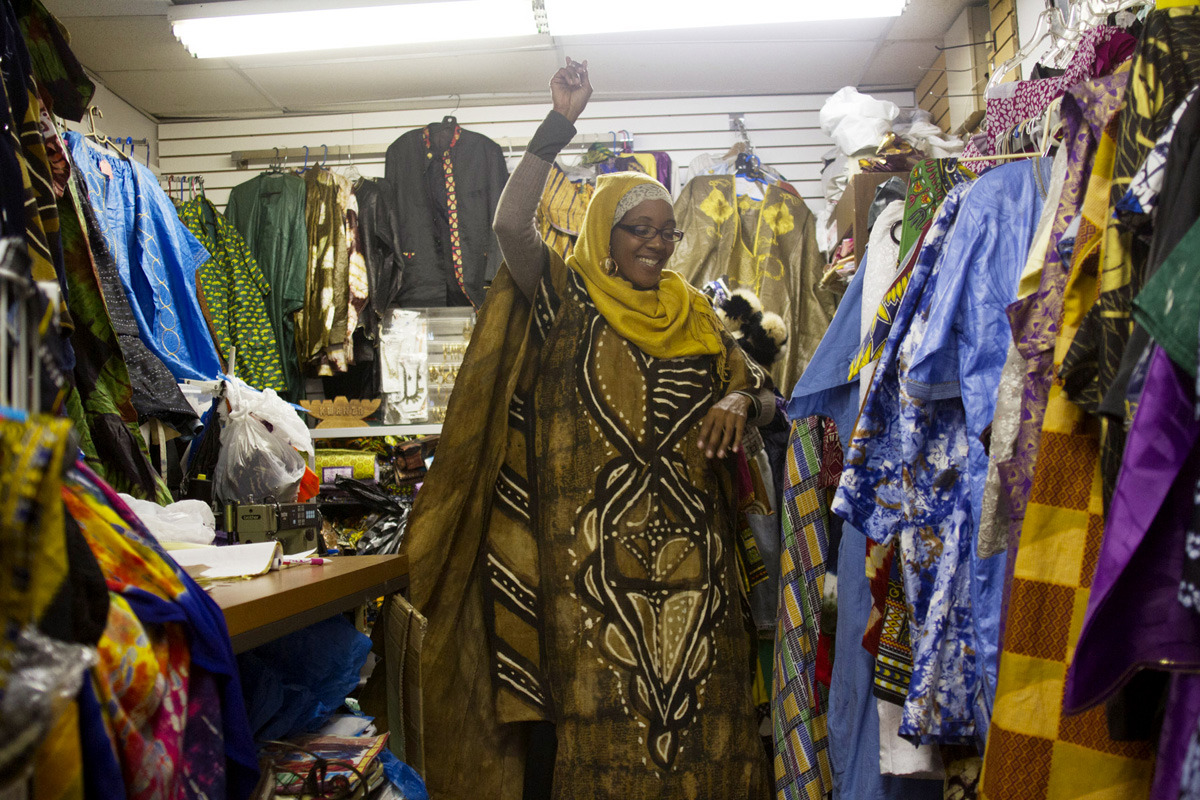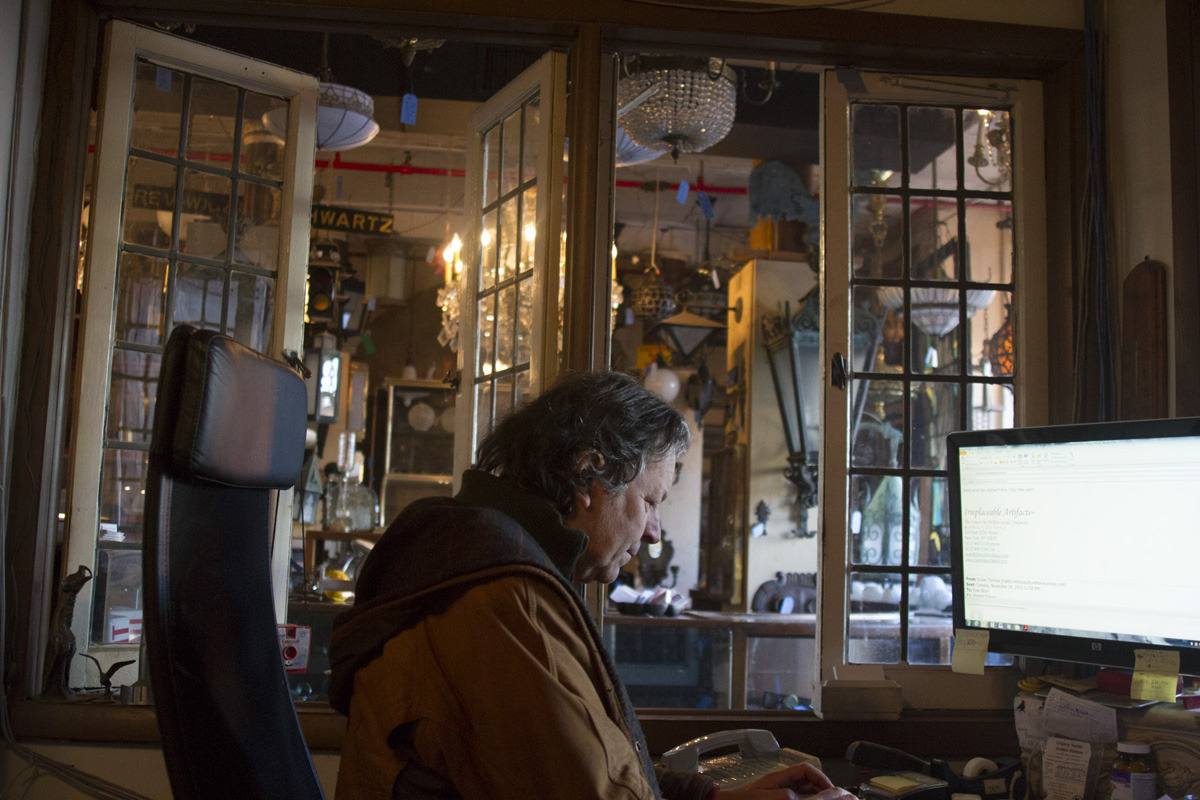The transformation of 125th Street
Text and photos by Max Siegelbaum
In the early to mid 20th century, 125th Street in Harlem was an epicenter of African American culture and politics. Malcolm X preached regularly on the corner of 125th and 7th. Martin Luther King was stabbed during a book signing in Blumenstein’s, a department store, which is now a small strip of shops. Writers like Langston Hughes and Zora Neale Hurston cavorted at jazz clubs like the Lenox Lounge and Showmans. Over the years, the once glorious thoroughfare turned into a pastiche of low-slung hairdressers, supermarkets, and businesses selling cheap clothing and fast food.
In 2007, the New York City Department of City Planning introduced a plan to rezone a segment of 125thStreet. After the rezoning, many of the small shops were cleared out and chain stores like the Gap, Banana Republic, and Old Navy built flagship locations. Family owned restaurants and burger joints were replaced with Red Lobster and Applebee’s. A 2014 study by the Community Service Society found that in Central Harlem from 2002 to 2014, rent rose about 90%, the highest in the city. Because of this, the business owners that remain fear for the future of their businesses. “I used to get tourists from Virginia and Maryland come buy my jewelry,” said Shan, a storeowner who declined to give his last name, “Now nobody does.”
Remnants of Harlem’s past remain in disrepair scattered throughout 125th Street: the Victoria Theater, built in 1917 as a Vaudeville Theater, was once a popular theatrical and performance venue. The Lenox Lounge, a famous jazz bar that drew both professional and amateur musicians, was closed in 2012 after the landlord raised the rent.
Still, an entrepreneurial spirit remains in Harlem. Unused storefronts and relatively cheap rents create opportunities for young small business owners in East Harlem. Shawn Garcia and Jenny Deida opened Revolutionary Fitness, a storefront gym in 2015. The couple worked as fitness instructors in New York Sports Clubs before starting a weekly exercise circuit in low-income areas across the city. They were drawn to the space for its cheap rent and the proximity to the community it serves. Others like Ayesha Bradley, a shop manager at Yara African Fabric, an African cloth importer and retail store on 125th and 5th, remain confident that Harlem’s individuality will outlast corporate influence. “You can’t find this fabric anywhere else,” she said, “maybe the corporate stores will drive customers to us.”
Magnum Foundation produced an installation of Matt Black’s The Geography of Poverty on 110th Street as a part of The Value of Food: Sustaining a Green Planet, which is on view until April 3, 2016 at the Cathedral of St. John the Divine. Inspired by the installation in the neighborhood where they go to school, Nina Berman’s students at the Columbia Journalism School looked locally at economic disparity in upper Manhattan.







